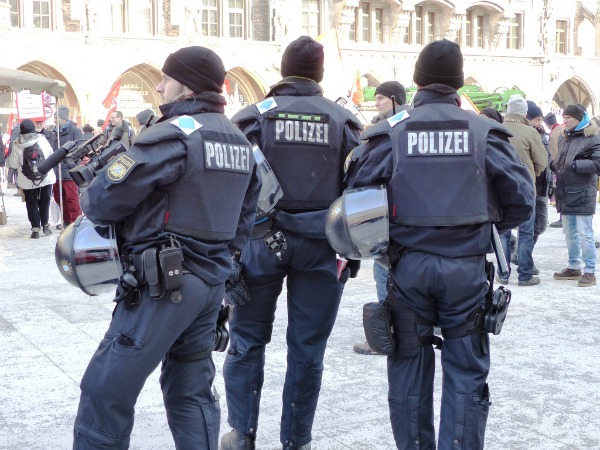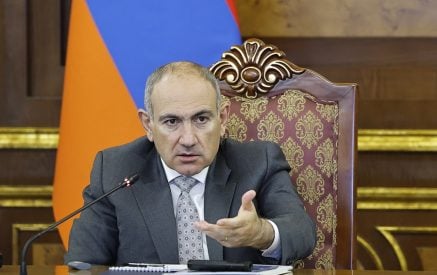Tightened security played a palpable role in celebrations as the world welcomed the New Year. Terror attacks and a string of sexual assaults during last year’s festivities have particularly left their mark on Europe. Reports Deutsche Welle.
Around the world, the arrival of 2017 was marked not only by pyrotechnics and sparkling wine, but by droves of police officers and security barricades. After two years of unexpected terror attacks, including the use of ordinary trucks as weapons of mass murder in Nice and Berlin, Europe was especially on high alert as revelers headed to the continent’s major cities to ring in the New Year.
The presence of heightened security was not unique to Europe, however. In Australia, officials estimated some 1.5 million people gathered to watch the country’s largest ever fireworks display over the Sydney Habour Bridge. In response, city authorities said they had deployed around 2,000 police officers.
Earlier in the day, a 40-year-old was arrested at Sydney Airport threatening to attack the festivities. National broadcaster ABC said the man “had acted in isolation” was not connected to any terrorist groups. The police commissioner told ABC that they had spent an entire year planning the security strategy for the celebration. This unusual step highlights a global trend of increased wariness about large gatherings being used by terrorists to maximize impact.
The Sydney celebrations went off without a hitch. The man who threatened an attack was acting alone and charged with a criminal offense, but not terrorism
In China’s two largest cities, Beijing and Shanghai, the usual spots for revelry were on almost complete lockdown. Shanghai’s famous Bund waterfront had canceled all events due a deadly incident two years ago, in which 30 onlookers were crushed to death in a crowd of 300,000 who had gathered to see a planned light show. A temporary ban was place on the sale and transport of fireworks in the city as well.
In Europe, it was clear that New Year Eve’s preparations were organized not only with an eye to the string of terrorist attacks that shook the continent – including in Brussels, Nice and Berlin – but also the numerous cases of mass sexual assaults that occurred during last year’s celebrations, most notably in Cologne, Germany.
The events in Cologne showcased how, in the age of constant access to smartphones and social media, a downtown square can go from having 100 party-goers to 1,000 in a short space of time, overwhelming law enforcement and leaving passers-by vulnerable to pick-pocketing, groping, or worse.
Cologne Police Chief Jürgen Mathies announced a deployment of 1,500 officers and a series of newly-erected barricades to keep celebrations safe on December 31. His department came under fire for last year’s string of sexual assaults, blamed mostly on foreign men from the Middle East and North Africa gathering unexpectedly in the city’s central square.
In the German capital, the recent deadly attack which authorities said was carried out by a man who had his asylum application rejected cast a long shadow over the merriment. Tunisian national Anis Amri is suspected of killing 12 people and injuring dozens more by driving a truck into a Berlin Christmas market. German police erected a perimeter around sites like the famous Pariser Platz in front of the Brandenburg Gate with large concrete blocks and armored police vehicles.
The security services followed similar plans in Paris, Madrid, and across the Atlantic in New York City. For the first time in the 100-year history of the famous Times Square ball drop, heavy goods trucks and cement fences have been set in place to protect the more than one million people who come to the square every year.


























































